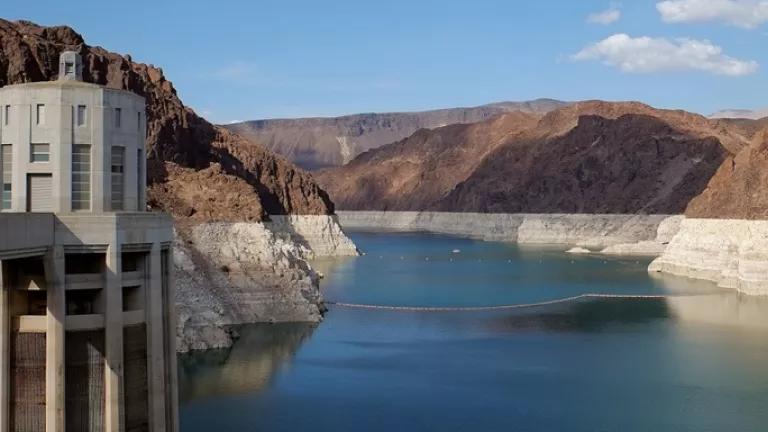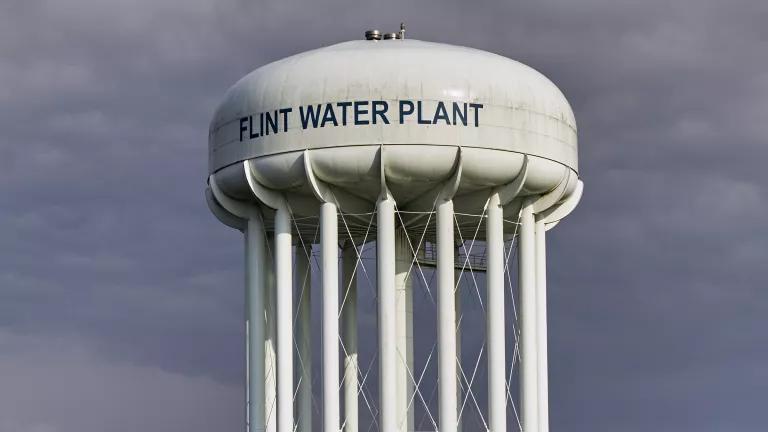Waste Less, Pollute Less: Using Urban Water Conservation to Advance Clean Water Act Compliance
Cities and suburbs—and the wastewater and stormwater utilities that serve them—are among the largest sources of water pollution in many parts of the United States. They face hundreds of billions of dollars in investment needs to repair, maintain, and improve their infrastructure to comply with Clean Water Act standards that protect public health and the environment—and, in many cases, to maintain that compliance while accommodating population growth. These regulatory obligations include basic “secondary treatment” and advanced nutrient removal for sewage; control of combined sewer overflows (CSO) and sanitary sewer overflows (SSO); municipal separate storm sewer system (MS4) stormwater controls; and restoring or maintaining an overall state of good repair despite decades of underinvestment in aging systems.
At the same time, metropolitan areas in many parts of the country are facing serious water supply challenges in an era of chronic water scarcity, increased uncertainty in future water availability, and growing competition for water resources. As global temperatures continue to rise, precipitation patterns change, and water demands increase, an increasing number of communities will be challenged to maintain adequate water supplies.
Measures that curtail indoor water use, such as water-efficient fixtures and appliances, also reduce strain on sewage collection and treatment systems, improving pollution control performance and reducing compliance costs. Measures that supplement local water supply by capturing rainwater for reuse or groundwater recharge, or that reduce outdoor water demand through reliance on native landscaping, also cost-effectively reduce stormwater pollution, CSOs, and SSOs.
Municipal wastewater and stormwater systems can improve their Clean Water Act compliance by implementing policies and programs that promote the use of water-saving measures—and many are already starting to do so. EPA and the states can apply Clean Water Act regulatory requirements and infrastructure financing programs to spur wastewater utilities and MS4s to do even more.



